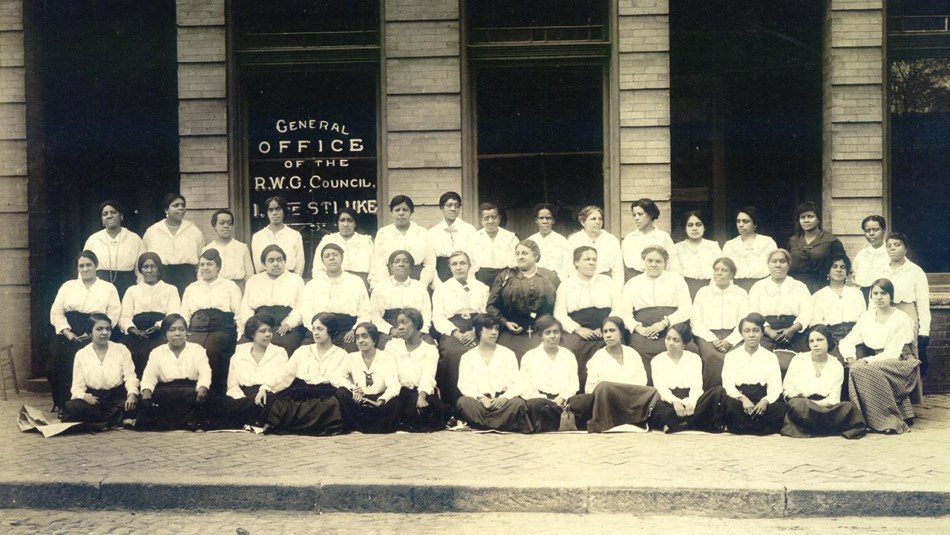
Maggie L. Walker Opened a Bank in Jim Crow South
Maggie L. Walker was the first African American woman in the United States to found a bank. St Luke Penny Savings Bank opened on November 2, 1903 in Richmond, Virginia, the former capital of the Confederacy, in the midst of the Jim Crow era.
At the end of the day, the bank had 280 deposits, totaling over $8,000, and sold $1,247.00 worth of stock, bringing the total to $9,340.44. By 1920, Walker’s bank had reportedly helped customers buy over 600 homes. And by 1924, the bank had more than 50,000 members across the state of Virginia. The bank was continuously operated by African Americans till 2005.
Who Was Maggie Lena Walker?
Family Life
Maggie Lena Mitchell was born in Richmond, Virginia July 15, 1864. Her mother, Elizabeth Draper, was a former slave and assistant cook in the Church Hill mansion of Elizabeth Van Lew, a Civil War spy. Later Elizabeth and her husband William Mitchell moved the family to their own home in an alley between Broad and Marshall streets where Maggie and her brother Johnnie were raised. After the untimely death of William Mitchell, Maggie’s mother supported the family by working as a laundress and young Maggie helped by delivering the clean clothes.

Maggie Mitchell was educated in Richmond’s public schools. After graduation she taught grade school for three years. Her teaching career ended in 1886 when she married Armstead Walker Jr. She then directed her energies toward caring for her family and strengthening the Independent Order of St. Luke. Life was full and prosperous for the Walkers and their sons, Russell and Melvin.
Tragedy struck in 1915 when her husband was accidentally killed, leaving Mrs. Walker to manage a large household. Her work and investments kept the family comfortably situated. When her sons married they brought their wives to 110 1/2 East Leigh Street. A major addition to the house in 1922 enabled Mrs. Walker to provide a home for her sons and their families, her mother, and the household staff.
Mrs. Walker’s health gradually declined, and by 1928 she was using a wheelchair. Despite her physical limitations she remained actively committed to her life’s work including chairman of the bank and leader of the Independent Order of St. Luke until her death on December 15,1934.




1 Comment
by Afrogal
Our history is so rich. We have a history of doing for ourselves. Thank you Akina
Comments are closed.